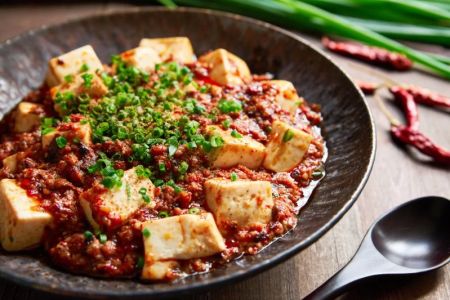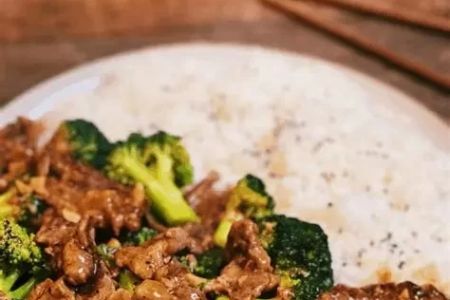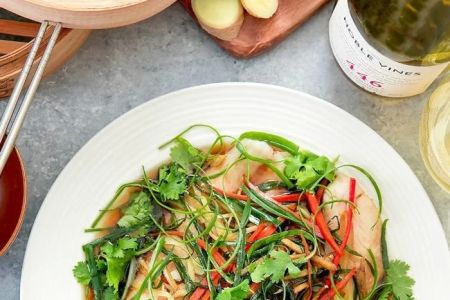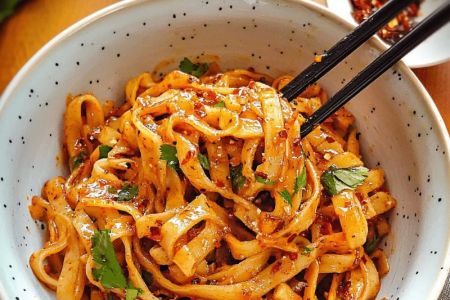- #mastering-chinese-knife-skills - slicing-techniques - dicing-methods - chopping-meats-and-vegetables
- #understanding-the-cleaver - balance - weight - versatility
- #slicing-techniques - julienne - diagonal-slices - precision
- #dicing-methods - uniformity - speed - vegetable-preparation
- #chopping-meats - bone-handling - safety - efficiency
- #stories-and-examples - culinary-tradition - professional-chefs - home-cooking
- #practical-guidance - practice-tips - tool-selection - Chinese-Food-resources
Mastering Chinese Knife Skills: Techniques for Slicing, Dicing, and Chopping Vegetables and Meats
Knife skills are at the heart of Chinese cooking, shaping the texture, flavor, and even the presentation of every dish. From the sharp slice of a scallion to the rhythmic chop of pork ribs, learning to master Chinese knife skills elevates cooking from simple preparation to an art form. Whether you are a professional chef or an enthusiastic home cook, mastering these techniques is both practical and deeply rewarding.
1. Understanding the Cleaver
1.1 The tool of choice in Chinese kitchens
Unlike Western kitchens that often rely on multiple knives, the Chinese cleaver, or “caidao,” is a multi-purpose tool capable of slicing, mincing, dicing, and crushing. Its broad blade allows for precision cuts and heavy-duty chopping alike.
1.2 Balance and weight
Good knife skills start with balance. A well-designed cleaver should feel steady in the hand, heavy enough to chop through bones yet agile enough to thinly slice ginger. Choosing the right cleaver is essential, and many cooks find their trusted blade becomes an extension of themselves in the kitchen.
2. Slicing Techniques
2.1 The precision of julienne
Julienne cuts, thin matchstick-sized strips, are used frequently in stir-fries. The uniformity of the cut ensures even cooking, while the fine texture helps absorb sauces quickly, enhancing flavor. A perfect julienne is a test of patience and precision.
2.2 Diagonal slices for vegetables
Diagonal cuts maximize the surface area of vegetables, allowing for faster cooking and better sauce absorption. This is a favorite technique for vegetables like bok choy, cucumbers, and carrots, balancing efficiency with elegance.
2.3 Story from a professional chef
One Shanghai chef recalls practicing for months to perfect his scallion slicing. His goal was to create pieces so thin they could flutter in the air like paper. Such discipline highlights the artistry behind even the simplest dishes.
3. Dicing Methods
3.1 Uniformity in size
Dicing creates small cubes that cook evenly, critical in dishes like fried rice or soups. In Chinese cuisine, the uniform appearance is not just about looks but about ensuring harmony of texture and taste.
3.2 Speed with practice
Experienced cooks develop a rhythm where their knives move in a blur, producing evenly diced ingredients within seconds. This speed comes only with practice, muscle memory, and absolute focus on technique.
4. Chopping Meats
4.1 Handling bones safely
Chopping through meat and bone requires a confident, controlled swing of the cleaver. Safety is key—cooks are trained to use the weight of the blade rather than brute force. Proper technique ensures clean cuts while minimizing accidents.
4.2 Efficiency in preparation
Whether it’s pork ribs for a braise or chicken pieces for a stir-fry, efficient chopping keeps ingredients uniform and cooking times balanced. In Chinese culinary tradition, meats are often cut into bite-sized pieces before cooking, making dishes easier to share and enjoy.
5. Stories and Examples
5.1 Cultural significance
Knife skills are deeply tied to Chinese culture. During festive banquets, the elegance of knife work often reflects the host’s respect for guests. A beautifully carved cucumber flower or paper-thin slices of duck showcase not only skill but also cultural pride.
5.2 Lessons from home cooking
Many home cooks have stories of learning knife skills from grandparents. One common tale is of children helping to chop garlic or scallions, slowly building confidence with the cleaver under the watchful eye of family elders.
6. Practical Guidance
6.1 Building skills through practice
Like any art, mastery comes with repetition. Practicing slicing carrots, dicing onions, or chopping chicken is not just about skill—it’s about building intuition and confidence with the blade.
6.2 Choosing the right tools
Different cleavers serve different purposes. A lighter blade is better for delicate vegetables, while a heavier one excels at chopping through bone. Investing in the right tools ensures long-term improvement in technique.
6.3 Where to find resources
For those eager to master these techniques, Chinese Food offers resources, products, and expert guidance to help you find the perfect tools and learn authentic methods. Whether you’re starting out or refining your skills, the right support makes all the difference.







